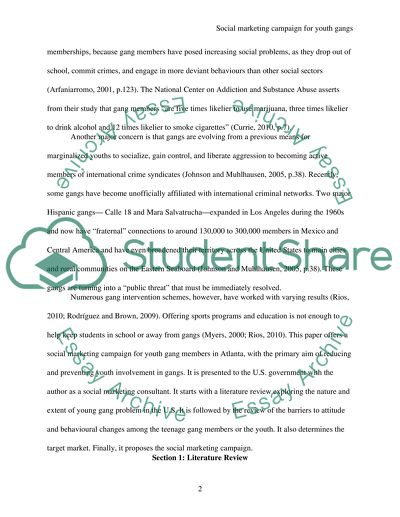Cite this document
(“Social Marketing Campaign for Youth Gangs Assignment”, n.d.)
Social Marketing Campaign for Youth Gangs Assignment. Retrieved from https://studentshare.org/marketing/1576862-social-marketing-campaign-for-youth-gangs
Social Marketing Campaign for Youth Gangs Assignment. Retrieved from https://studentshare.org/marketing/1576862-social-marketing-campaign-for-youth-gangs
(Social Marketing Campaign for Youth Gangs Assignment)
Social Marketing Campaign for Youth Gangs Assignment. https://studentshare.org/marketing/1576862-social-marketing-campaign-for-youth-gangs.
Social Marketing Campaign for Youth Gangs Assignment. https://studentshare.org/marketing/1576862-social-marketing-campaign-for-youth-gangs.
“Social Marketing Campaign for Youth Gangs Assignment”, n.d. https://studentshare.org/marketing/1576862-social-marketing-campaign-for-youth-gangs.


